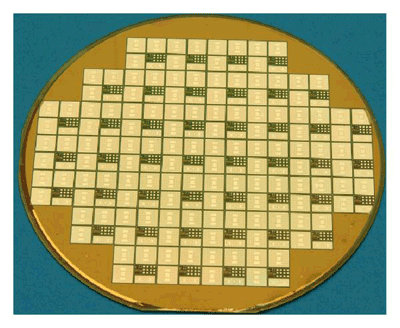SiC demystified – choosing the right manufacturer for your design
The PCIM show in Nuremberg, Germany is about solving industrial challenges like arc welding (you know the tools you need for all kinds of building), and some of those solutions come from the semiconductor world in the form of high-voltage IGBTs, MOSFETs based on technologies like SiC and GaN, and of course inverters and IGBTs for industrial applications. The buzz was in the air of the newly expanded PCIM show (which grew from one to two halls) with more than 7,000 attendees and 300 exhibitors. The show keeps demonstrating year over year why it’s the place to meet and greet the decision makers of your customers.
So, having said all that what were some of highlights of the show? The buzz on the floor was that SiC has hit an inflexion point in its acceptance for new designs, especially in the industrial marketplace because it brings new technical promise such as outstanding power efficiency, higher voltages, switching frequencies, operating temperatures, thermal conductivity, and blocking voltages. Cree was showing an example of what companies could do with their current solar inverter designs, and demonstrated how to redesign a 10-kW silicon solar inverter, and make it a 40-kW SiC solar inverter in the exact same footprint. You can see a SiC demonstration ( http://www2.electronicproducts.com/Cree_Scott_Allen_PCIM_show-video-1636968738001.aspx ) by Scott Allen of Cree and how they achieved it.

Some of the companies were introducing SiC-based products that are making their mark with higher voltages to meet the needs of inverters for the solar power, automotive, and building industries. These technologies are used for IGBTs, JFETs, and of course MOSFETs. And in a serendipitous moment I had a break in my schedule visiting companies and decided to take in a presentation (that took place in a secluded area at the far end of meeting halls – on the third floor). The presentation that I decided to listen to was about the “Comparison of six different SiC power switching devices in the 1200-V range” – something that sounded pretty interesting but I wasn’t holding my breath. The author was Toke Franke, a PhD candidate in electrical engineering who is working as a research consultant for Danfoss Solar in Denmark. I don’t know for sure but I suspect that like many companies out there, Danfoss was thinking about developing products for their solar inverter line and wanted to know which manufacturer made the best SiC components for their inverters (based on JFET, BJT or MOSFET designs).
Mr. Franke looked at the major manufacturers of SiC including Cree, Fairchild, Infineon, Rohm, and Semisouth and their component designs for MOSFETS, BJTs, and JFETs and broke them out into current rating, RDS(on), and on/off gate voltage. The important points to be noted were that although all the components were for the same purpose, they had very different requirements for the gate drivers, which meant that test conditions would also be different. It gets interesting quickly because he provides charts and graphs for easy comparison of the static forward and backward characteristics, and the dynamic characteristics (switching losses) for each of the manufacturers components.
You will see that with the various slides that information can be used by a manufacturer to make their SiC component look better than the competition. However, what’s really important to know before you decide which company to use for your next generation products, and invest the commensurate big money on it, are the important characteristics of that design. For example do you need high-current density – consider On-JFETs, or low switching losses – you can choose from on/off JFETs or BJTs, or maybe you need something that is simple to drive – and MOSFETs, BJTs or off-JFETs are good matches, but if low-temperature dependence is required than you should only consider MOSFETs.
My guess is that this information and the attached file will be helpful to many of you. Let me know your thoughts, if you find this useful, or need more information.
■
By Paul O’Shea
Advertisement
Learn more about Electronic Products Magazine





